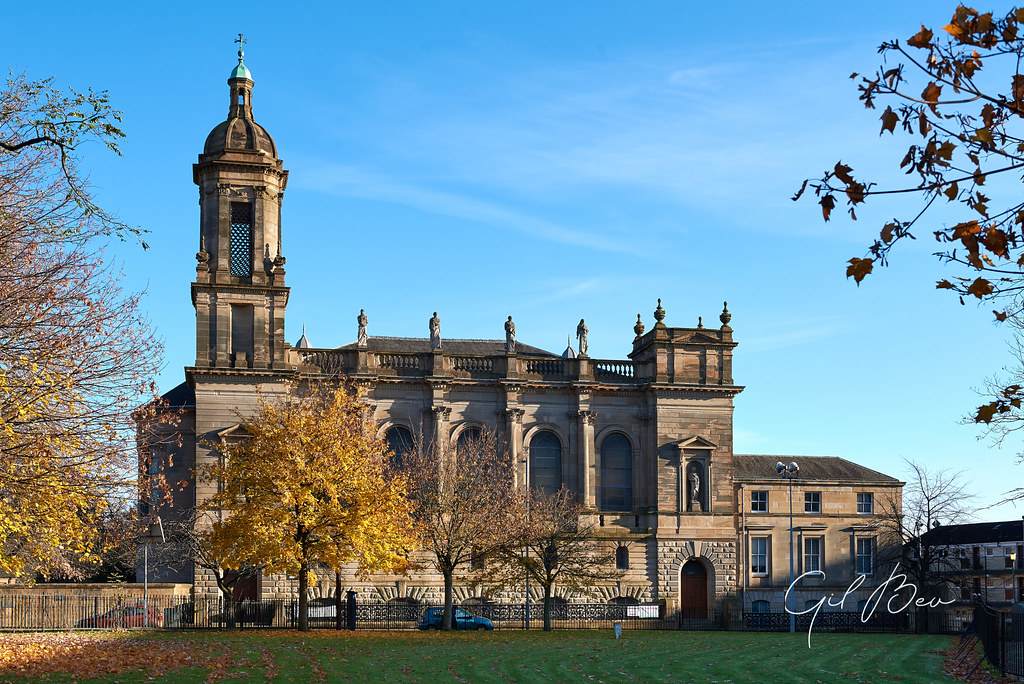- Messages
- 3,432
- Name
- Gil
- Edit My Images
- Yes
I'm struggling to understand when to use vertical keystone correction. For example when taking photos of a building for example, I've found that converging lines become more apparent with the use of wider lens - so much so, that trying to use keystone correction can result with edges of the building getting too close or going off the frame
Also I sometimes find that photos look better without vertical keystone correction.
Also dependant on the vertical angle of the camera to the subject, would it be correct to say that keystone correction in some instances can result in contorted image? For example if there is a slight angle of elevation from the camera to the building. Here is an example
Without Vertical Keystone Adjustment
 JSC_4653 1 by Gilbo B, on Flickr
JSC_4653 1 by Gilbo B, on Flickr
With Vertical Keystone Adjustment
 JSC_4653 2 by Gilbo B, on Flickr
JSC_4653 2 by Gilbo B, on Flickr
When it comes to photos indoors using a wider lenses, is it a good idea to use Keystone Correction on extremes of an image - using vertical wall structures as reference points? I've used this method to level images, and when keystone adjustment is not possible (throws the subject off the frame) I have used the closest vertical structure (normally behind the subject) as reference when levelling a photo.
Also I sometimes find that photos look better without vertical keystone correction.
Also dependant on the vertical angle of the camera to the subject, would it be correct to say that keystone correction in some instances can result in contorted image? For example if there is a slight angle of elevation from the camera to the building. Here is an example
Without Vertical Keystone Adjustment
 JSC_4653 1 by Gilbo B, on Flickr
JSC_4653 1 by Gilbo B, on FlickrWith Vertical Keystone Adjustment
 JSC_4653 2 by Gilbo B, on Flickr
JSC_4653 2 by Gilbo B, on FlickrWhen it comes to photos indoors using a wider lenses, is it a good idea to use Keystone Correction on extremes of an image - using vertical wall structures as reference points? I've used this method to level images, and when keystone adjustment is not possible (throws the subject off the frame) I have used the closest vertical structure (normally behind the subject) as reference when levelling a photo.
Last edited:


